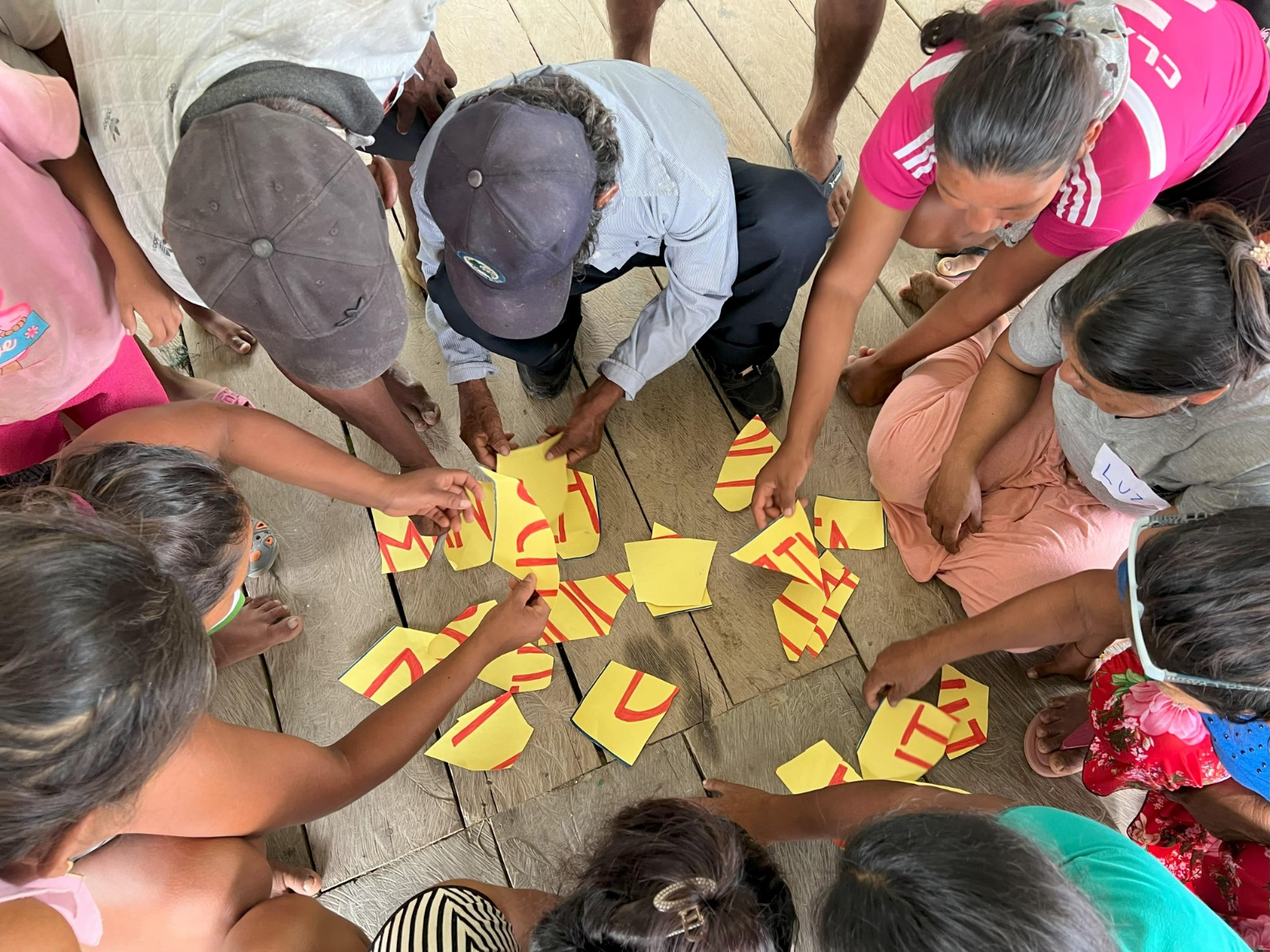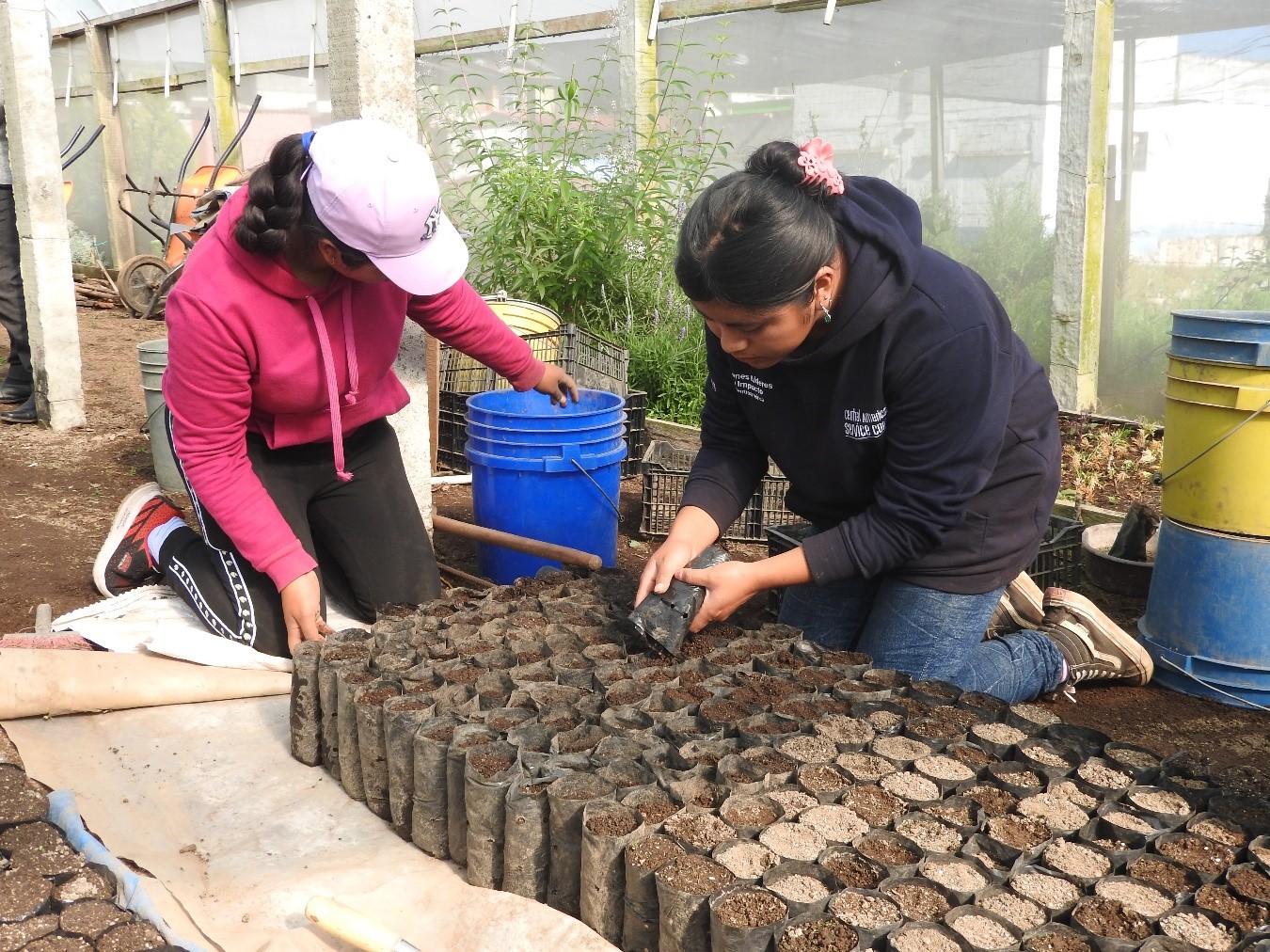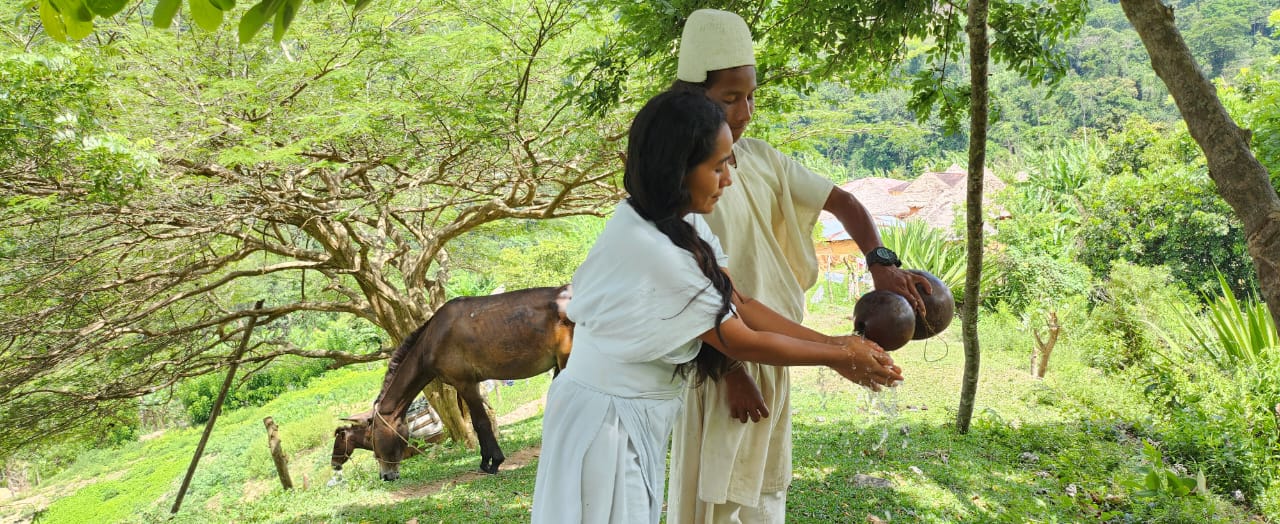What could a gender-responsive Global Biodiversity Framework look like?
CEESP News: Amelia Arreguin Prado, UNCBD Women's Caucus Co-coordinator and IUCN CEESP member.
Under no circumstances, any decision adopted at COP15 should perpetuate gender inequalities. On the contrary, the Post-2020 Global Biodiversity Framework and its associated instruments should be gender-responsive. For that, four components should be fulfilled: 1) Transversalization of gender considerations in the post-2020 GBF, 2) Adoption of a decision that highlights the urgent and effective implementation of the Post-2020 Gender Plan of Action, 3) Ensuring gender-transformative enabling conditions such as resource mobilisation, capacity development and communication; and 4) Effectively integrate gender considerations into planning, monitoring, and reporting processes.
Women's rights are human rights, yet they are in brackets, awaiting to be retained or deleted in this last round of negotiations towards adopting the Post-2020 Global Biodiversity Framework. Even though the CBD, since its adoption in 1992, recognises women's fundamental role in biodiversity conservation, and with a COP decision (14/34) mandating the gender responsiveness of the framework and its associated instruments, we face resistance from Parties to guarantee women and girls their life, dignity and enjoyment of rights. Nevertheless, we still have plenty of opportunities to secure that any decision adopted at COP15 perpetuates gender inequalities.
As a result of socially assigned gender roles, women and girls have had a differentiated relationship with biodiversity that has crystallised in them being holders of irreplaceable knowledge and performing unique practices and innovations that bring ecological, economic and social benefits. In parallel, also due to their gendered responsibilities, women and girls have specific priorities and needs that deserve to be recognised and addressed thoroughly. On the other hand, as those positive outcomes should be widely valued, there are systemic barriers, impacts and violence faced by women and girls that should be eradicated.
To do so, a human rights-based approach, including a gender-responsive practice, must be at the core of COP15 discussions and decisions. In concrete terms for COP15, this means:
- Transversalization of gender considerations in the post-2020 GBF
This could be done by deleting the current brackets on the stand-alone target that focuses on guaranteeing women and girls' rights in the context of biodiversity conservation (Target 22); by keeping the "gender-responsive" reference in Target 21; and by improving or keeping crucial wording in the goals and targets to explicitly address the gendered aspects of sustainable use, access and benefit sharing, resource mobilisation, nature contributions to people, among others. The Women's Caucus Policy recommendations could be followed for a detailed text proposal.
- Urgent and effective implementation of the Post-2020 Gender Plan of Action
Parties should delete the brackets around women's rights references in the Gender Plan of Action for post-2020 and adopt a firm decision that mandates its urgent and effective implementation. Additionally, this decision should make explicit the Parties' willingness to implement the GPA collaboratively with women's groups and organisations since they are the key actors that could support the local and cultural pertinence while applying it, securing gender responsiveness, while seeking the achievement of the three objectives of the Convention.
- Gender-transformative enabling conditions
In parallel to the Post2020 GBF and the GPA, three other instruments could be game changers to guarantee women's and girls' rights in the biodiversity context: Resource mobilisation, Capacity development and Communication strategies. These frameworks offer plenty of opportunities to proactively contribute to women's empowerment and gender justice by ensuring that gender inequalities are not perpetuated as a result of financial and funding flows and, in parallel, proactively helping to dismantle gender stereotypes and eradicate gender-based violence.
- Integration of gender considerations into planning, monitoring, and reporting processes
All National Biodiversity Strategies and Action Plans (NBSAPs) and National Biodiversity Finance Plans (NBFPs) should be developed or updated, in collaboration with women and girls, to effectively address their knowledge, practices, innovations, priorities, and needs, including gender-differentiated impacts of biodiversity loss. In parallel, the upcoming National Reports must mandate Parties to prove if and how they are integrating a gender perspective into their national work, if they affect positive or negative women and girls' current situations, and if they are promoting or achieving gender equality. And in the same line, women's groups should be engaged in the reporting processes, and women-led initiatives should also be taken into account for the national report. Additionally, all headline indicators should have gender-sensitive elements that allow Parties and other stakeholders to measure the gender-responsiveness of their biodiversity policies and initiatives.
Under no circumstances any decision adopted at COP15 should perpetuate gender inequalities.
For further information, you can contact Amelia Arreguin Prado.



